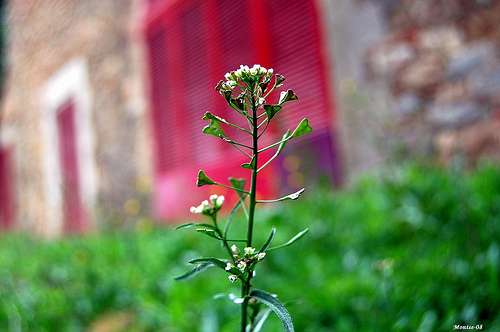Capsella provides insight into the genomic results of selfing

About 200,000 years ago, Capsella rubella began self fertilizing and split from C. grandiflora. To study the effects of selfing on C. rubella's genome, the Department of Energy Joint Genome Institute sequenced and compared it with C. grandiflora and members of the closely related Arabidopsis genus - the first plant ever sequenced and model species for plant genomics. The study was published June 9th in Nature Genetics.
C. rubella showed a mass decline of the removal of harmful mutations without a naturally occurring alteration in the amount of genes present that can move between chromosomes. From these findings, it is theorized that a dramatic event left C. rubella in a situation where a need for pollinators outweighed the known negatives of inbreeding and caused the C. rubella to shift into selfing. Though this caused the C. rubella to face a bottleneck, its ancestral genome structure remained intact.
"The factors driving such contrasting modes of genome expansion and shrinkage are far from resolved, and it will be important to broaden future comparisons to larger phylogenetic scales to better understand the processes driving genome structure evolution," the team said on the study's conclusion and future plans.
More information: www.nature.com/ng/journal/vaop … nt/full/ng.2669.html
Journal information: Nature Genetics
Provided by DOE/Joint Genome Institute


















